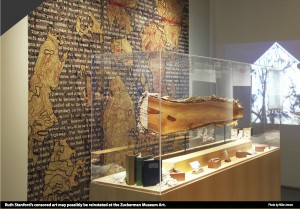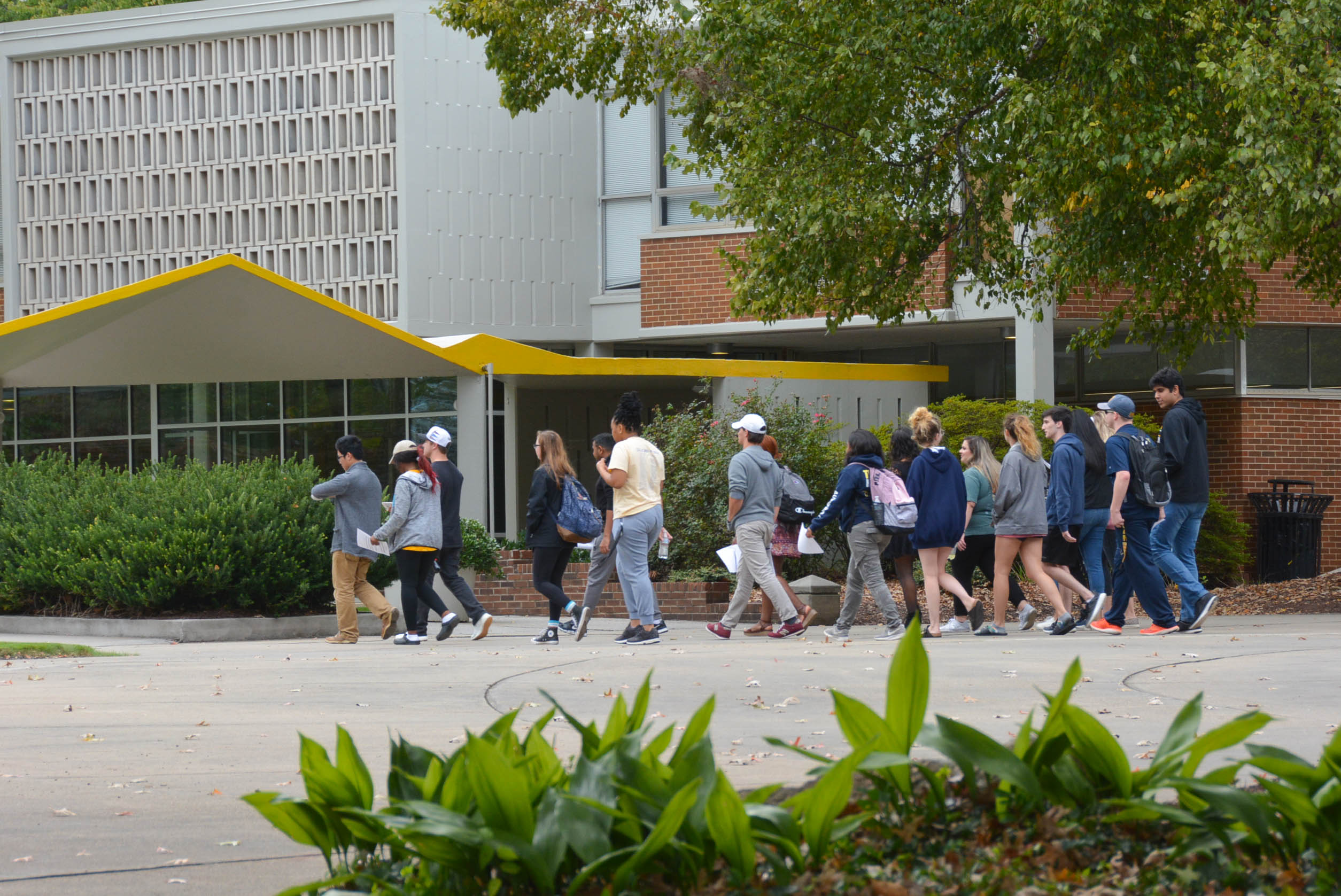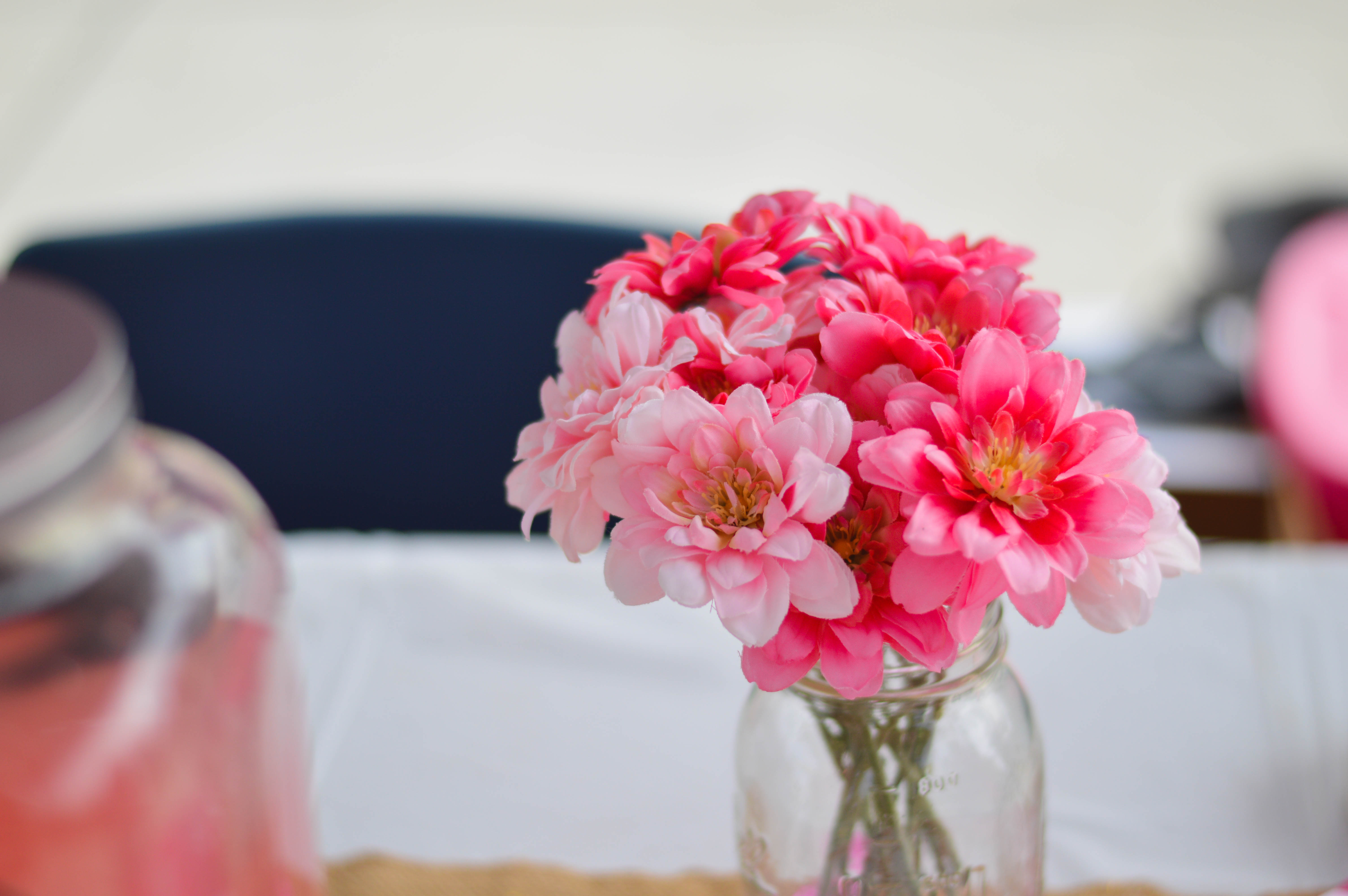
By Kaitlyn Lewis, Staff Writer
KSU released a statement on March 14, 2014 announcing the official reinstatement of Ruth Stanford’s controversial installation, “A Walk in the Valley,” in the Bernard A. Zuckerman Museum of Art. The installation is to be officially reinstated March 25 and will be displayed until April 26 in the “Seeing Through the Walls” exhibit, according to the statement.
“A Walk in the Valley” was once removed from Zuckerman Museum for its controversial subject matter. The piece referenced Cora Harris and her 1899 letter, in which she wrote about lynching.
KSU officials are planning to address the complexity of Stanford’s installation by adding “explanatory materials and host[ing] public programs.” The details of these programs will be announced when all the planning is finalized.
The statement says the KSU administration appreciates Stanford’s corporation and her “willingness to remain in dialogue with University officials.” They hope to use this experience as a “learning and engagement opportunity,” as they support “academic freedom and free exchange of ideas” in the University.
Stanford said she has been conversing with KSU since the removal of her piece and she claims KSU has had the bigger voice in this matter. “The conversation should be about censorship, and KSU does not want to talk about that.” said Stanford, who finds it “tragically fascinating that the president of institution of higher learning, and the ‘administration’ he hides behind, are so very afraid of a long-forgotten woman and a letter she wrote 115 years ago.”
In KSU’s statement, Stanford responds to the announcement of the reinstatement of her artwork. Nevertheless, she said she is honored to have her work back in the Zuckerman Museum, and looks forward to the museum’s future. Stanford said, “This has been a difficult experience, but I hope that the conversations it has generated about art, place, history, academic freedom, and free speech have been, and will continue to be, productive.”
…..
What are your thoughts? Leave a comment below!



